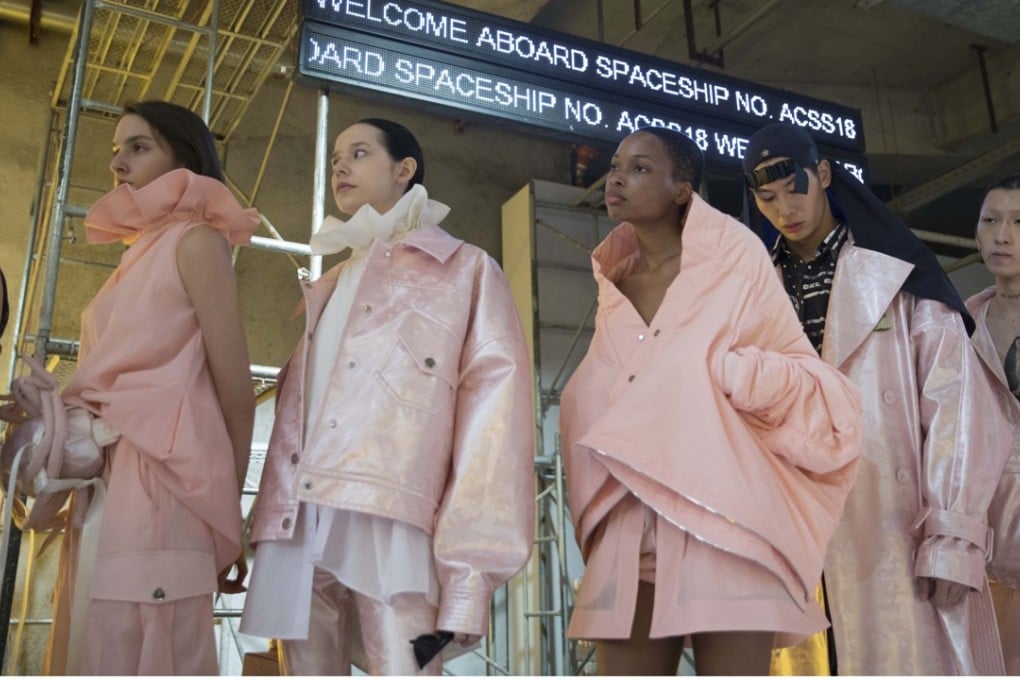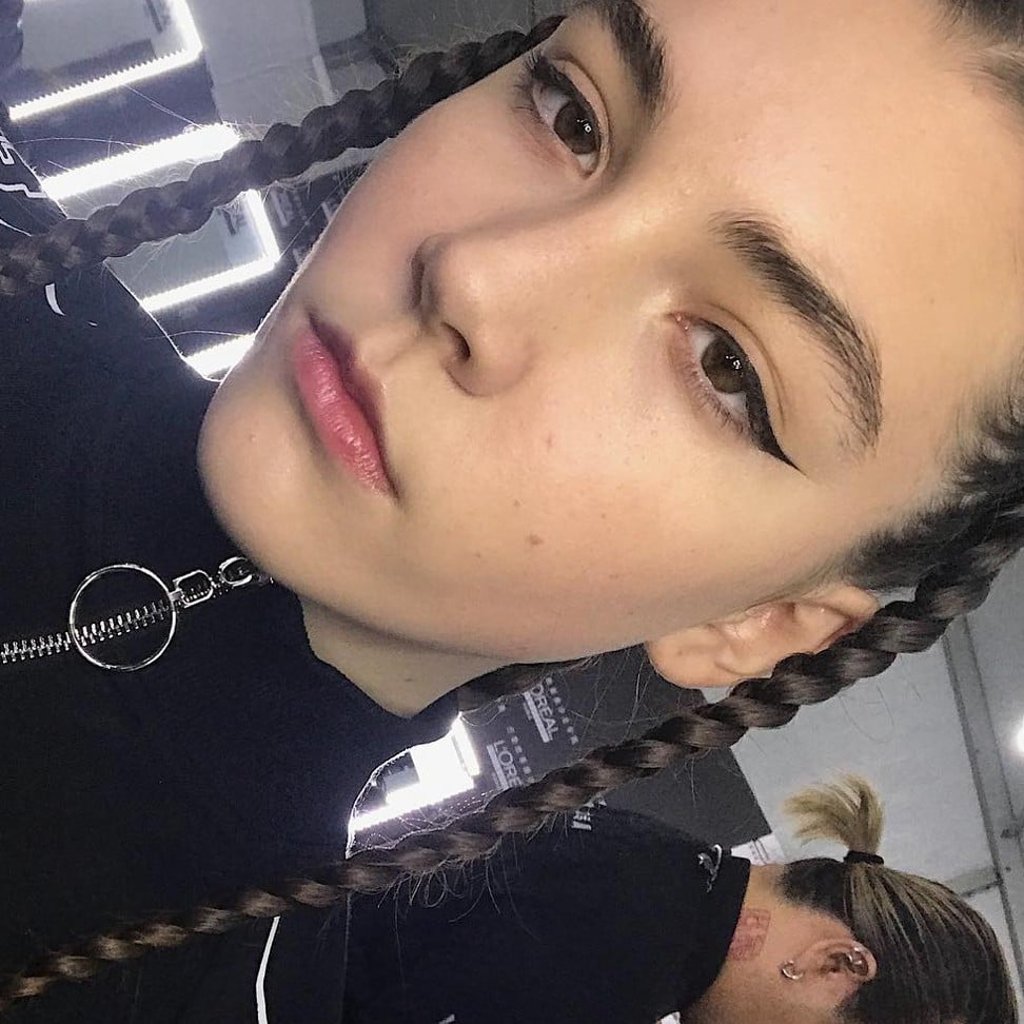How foreign fashion models are exploited in China: insider stories of the shocking risks they run in a largely unregulated industry
The recent death of a 14-year-old Russian model shone a spotlight on the Chinese industry. A multilayered agency system, partying culture and transient population make China a risky proposition for aspiring overseas models

The faces of foreign models have become ubiquitous in Chinese advertising in recent decades, particularly as a growing number of domestic brands look to give themselves an air of internationalism.
The population of foreign models in China is increasingly made up of young women from Eastern Europe and Brazil looking to earn quick money or get some experience before moving into higher profile fashion markets such as the US or in Europe.
They are initially signed to a “mother agency” in their home country, which then works with a local Chinese agency that helps the models find castings in China. Once contracts are signed, the models go to China on special 90-day working visas, do their time and then move back home or to another country. At least, that is what is supposed to happen; sometimes it does not, and with tragic consequences.

Last month, 14-year-old Russian model Vlada Dzyuba fell ill and died in a Shanghai hospital, with initial reports from media outlets in her native country claiming she was overworked. Zheng Yi, founder of Esee Model – the Shanghai agency Dzyuba was working with – denies claims that she had been forced to work excessive hours, saying that the teenager had died of sepsis.
Shanghai agency denies Russian teenage model worked to death under ‘slave contract’
Chinese labour laws ban children under the age of 16 from working, except in certain sectors such as sport and performing arts, including modelling. For children in these industries, there is no clear guideline within the law that limits how many hours they can or should be working.